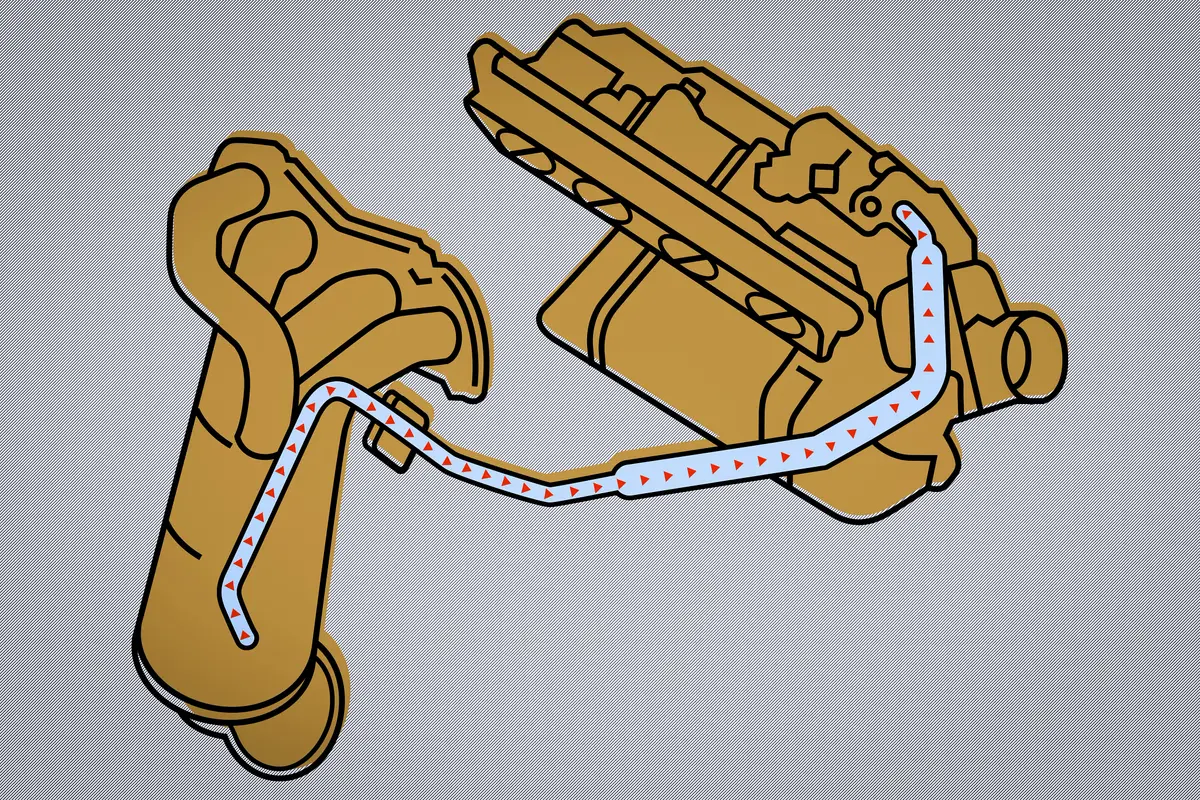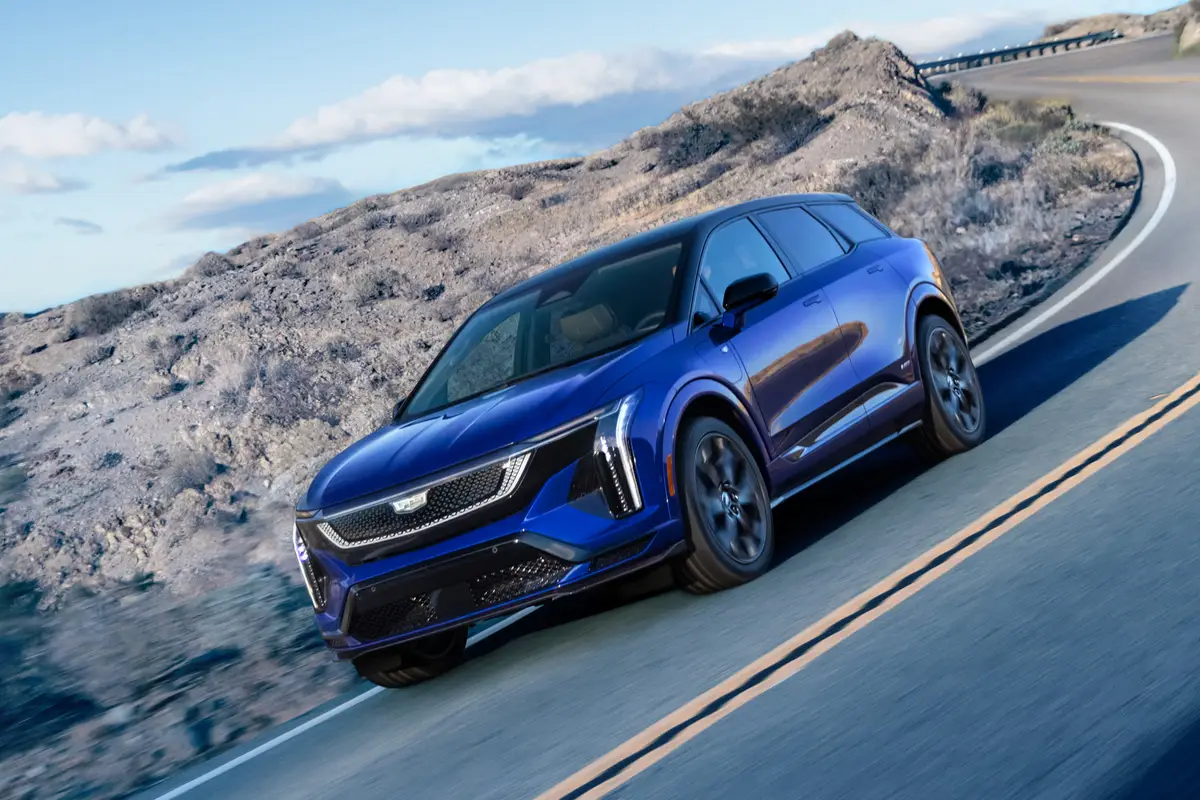chicagotribune.com's view
Many years ago, a novelty was hidden in the bowels of the original McCormick Place for Chicago Auto Show visitors to find: a weird four-door Chevrolet Corvette. Even weirder is why anyone would do such a thing.
Still, someone cut the fiberglass body in half, stretched it and added two doors. The problem, like Humpty Dumpty found out, was putting it together again. Front and rear ends were not only out of plumb, they also lacked support. Think gelatin.
That car came to mind when a 2010 Porsche Panamera arrived for testing. Panamera is not only the first new Porsche in seven years, it’s also the first four-door from the sports coupe authority.
On the plus side, it looks like a Porsche, at least up front. Yet, word is that many who have encountered the 2010 Panamera have responded uncharacteristically to a Porsche: “Ugh,” “Ick” and “OMG.”
Maybe not a work of art, especially with those rear-door handles, but compared with that four-door Corvette catastrophe, no need to hide it. It’s solid; no glue required.
Panamera is offered in rear-wheel-drive S, all-wheel-drive S and turbo versions. All are powered by a 4.8-liter, 400-horsepower V-8 with a 7-speed automatic. Twin turbos boost the horses to 500.
For testing, Porsche provided a RWD S with summer tires for optimum high-speed handling that would be adequate at the equator, but a little less than ideal in the Snow Belt. A rule of thumb, however, is that unless at either pole, never turn down a Porsche.
The RWD and AWD S get 16 mpg city and 24 highway; the turbo is at 15/23, so no gas-guzzler tax. They’re hardly poster children for conservation, but considering the 400 to 500 hp kick, it could have been worse.
The 400 hp RWD S has ample pop. No shame in doing zero to 60 in 5.2 seconds, with a 175 mph top speed. But though those with finely honed motoring skills, and equally honed portfolios, would prefer the twin turbo that claims zero to 60 in 4 seconds, zero to 99 in 9 seconds and a top speed of 188 mph.
As you’d suspect of a Porsche, ride ranges from silky smooth to sporty stiff, depending on whether you’re cruising the interstate or the track, the latter the reason for the time clock in the dash. Handling is pinpoint precise. A variety of suspension settings are available via controls in the instrument stack above the center console.
You also can press a button to raise the nose to keep from scraping a steep driveway, another to raise the spoiler to various heights to keep the rear end planted at differing speeds and another to shut off the engine at a stoplight and restart again when you lift your foot off the brake, conserving fuel.
There are more buttons (30) in the instrument stack, dash and doors than in an airplane cockpit. Most control climate and seats. Porsche says all buttons are within easy reach to minimize the time eyes are off the road.
There’s a large navi screen in the center of the dash and a smaller one in the instrument panel so the driver has the info in sight when the larger screen is occupied.
Good room and supportive seats up front, though the bulging armrests on the doors rob thigh room. Back seat has decent, though not lavish, room, even for melons. But the door openings are narrow, making the entry and exit an agility test.
Cargo hold has good room for gear or luggage, and rear seatbacks fold flat if more is needed. The rear hatch opens high and wide for easy access. The sloping coupe-roof style comes at the expense of visibility out the rear window.
Nice touches include heated and ventilated seats and headlamps that move in the direction of any turn, even if you turn the wheel when parked to see what’s on either side before exiting.
But why such small side-view mirrors for a car that will be driven at speed and needs optimum visibility? And why an ashtray in the front and rear? When would anyone going 175 mph have time to use one?
Porsche hopes those who own a 911 coupe for weekend fun will add a Panamera as an everyday driver.
Read Jim Mateja Sunday in Rides. Contact him at transportation@tribune.com.
Latest news



